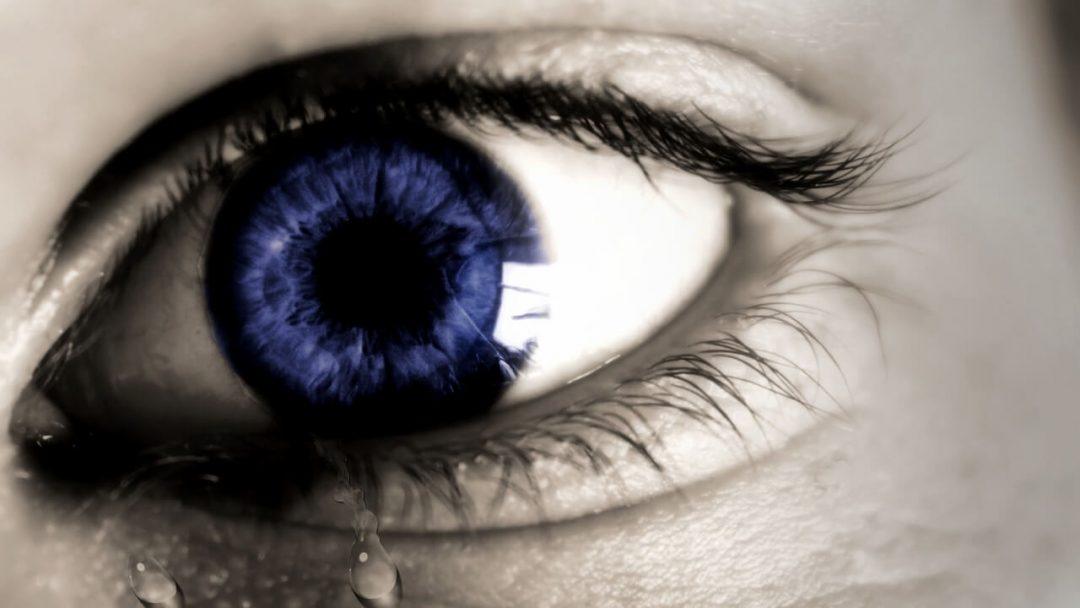While it may seem counterintuitive, watery and runny eyes can actually be a sign of dry eye disease. More specifically, they are an indication of an underlying condition known as Meibomian gland dysfunction, which is a factor that can worsen dry eye disease and affect ocular comfort. Meibomian gland dysfunction, or MGD, interferes with the eye’s natural tears and can cause the eyes to water in addition to feelings of grittiness, irritation, or foreign body sensation. Continue reading to learn more about Meibomian gland dysfunction and how this condition can cause watery eyes.

Understanding Your Tears
The tear film is responsible for protecting and nourishing the ocular surface. When the tear film is disrupted, we experience symptoms of dry eye disease. There are millions of small glands, called Meibomian glands, that line the eyelids and release an important oil, called meibum, into our tears. This meibum creates what is known as the “lipid layer” of the tears – it forms the outermost coating of the tear film and helps stabilize the ocular surface. When the Meibomian glands are not properly functioning, and the lipid layer is not properly distributed into the tear film, tears will quickly evaporate and leave corneal surface exposed. Because the cornea is highly sensitive, especially when it is unprotected, it makes reflex tears to attempt to cover the surface of the eye when the lipid layer is deficient. However, these reflex tears are poor quality tears that do not contain any meibum; instead of adequately coating the front surface of the eye to provide nourishment, they end up either immediately evaporating or running off the eye and down the cheeks. This is how watery and runny eyes can actually be indicative of underlying dry eye disease.
Treating MGD, Dry Eye and Watery Eyes
To treat watery runny eyes, you have to treat the underlying dry eye disease and promote proper Meibomian gland function. One common treatment approach to Meibomian gland dysfunction is warm compresses. This includes using a warm washcloth or commercially prepared heat-retaining mask and holding it over the eyelids for 10-15 minutes. The heat helps release any blocked or clogged Meibomian glands. Warm compresses can be followed by a soft lid massage to assure that the meibum is being properly released into the tear film. Nightly lid scrubs, either with a commercially prepared wet cloth or with warm water and soft soap, are also important for preventing any debris from clogging to the Meibomian glands. In moderate to severe cases of MGD, treatment with a short course of antibiotics can be employed to eliminate any possible bacterial colonization and associated inflammation along the eyelids that is contributing to the dysfunction of the glands. Your eye doctor may also perform in-office gland expression, where they will manually press on the Meibomian glands and force the lipid layer back into the tears. It is important to remember that, like treatment for dry eye disease, treatment for MGD is chronic and long-term. It may take time and consistency before a dramatic improvement in symptoms, like watery eyes, is noticed.

0 Comments